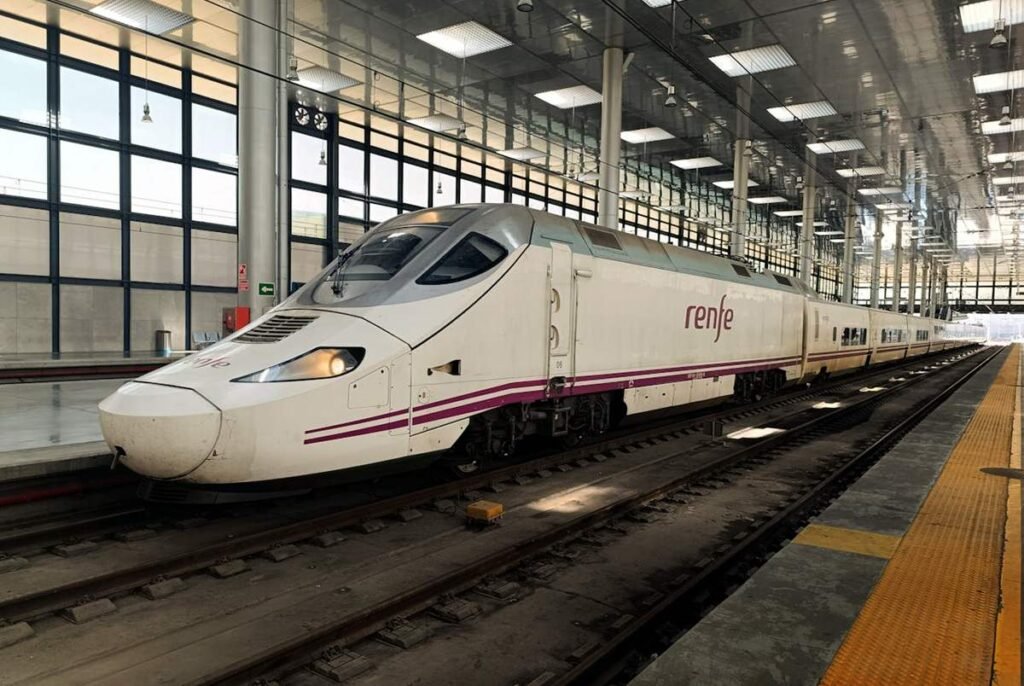The European Commission has adopted an implementing decision setting out key milestones and deadlines to complete the high-speed rail connection between Madrid and Lisbon.

This flagship cross-border infrastructure project will significantly enhance connectivity within the European Union. Unanimously supported by Member States, the decision advances the full integration of Portugal and Spain into the European high-speed rail network. By 2030, passengers will be able to travel between the two capitals in about five hours, and by 2034, in just three hours.
“Covering slightly more than 600 kilometers from Lisbon to Madrid in just three hours is a remarkable example of the high-speed rail connections we aim to achieve across Europe,” said Transport Commissioner Apostolos Tzitzikostas: “Such links make train travel a genuinely attractive and sustainable alternative for city-to-city journeys.”
“This project isn’t just about saving time; it’s about cutting emissions and making sustainable mobility a reality in Europe,” said François Bausch, European Coordinator for the Atlantic corridor: “Further, the This new high-speed rail line between Madrid and Lisbon is a perfect example of good cross-border collaboration and underlines the European Commission’s ambition to strengthen connectivity across Europe.”
The Commission has already supported establishing this railway connection. In Portugal, the new high-speed line “Evora-Elvas” received €235 million from the Connecting Europe Facility. On the Spanish side, different EU investment funds, such as ERDF and RFF, have provided around €750 million support for the high-speed line connecting Extremadura-Madrid since 2014.
Today’s decision is part of a broader effort to accelerate the implementation of cross-border projects under the revised trans-European transport network (TEN-T) Regulation, reinforcing the EU’s commitment to seamless, sustainable, and secure transport. It also represents an important step forward in the EU’s vision to connect Europe through high-speed rail. In early November, the Commission will present its plan for a European high-speed network.